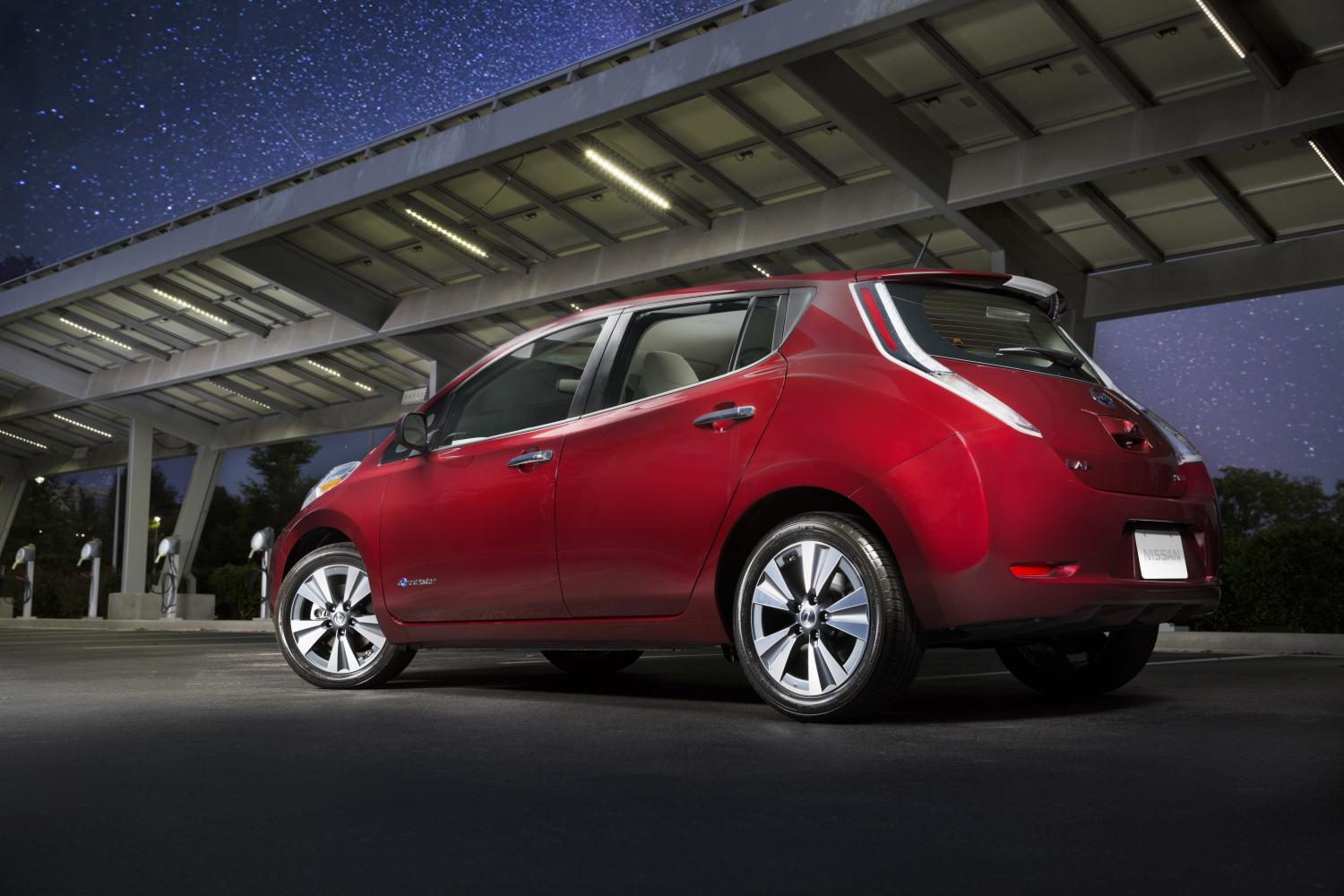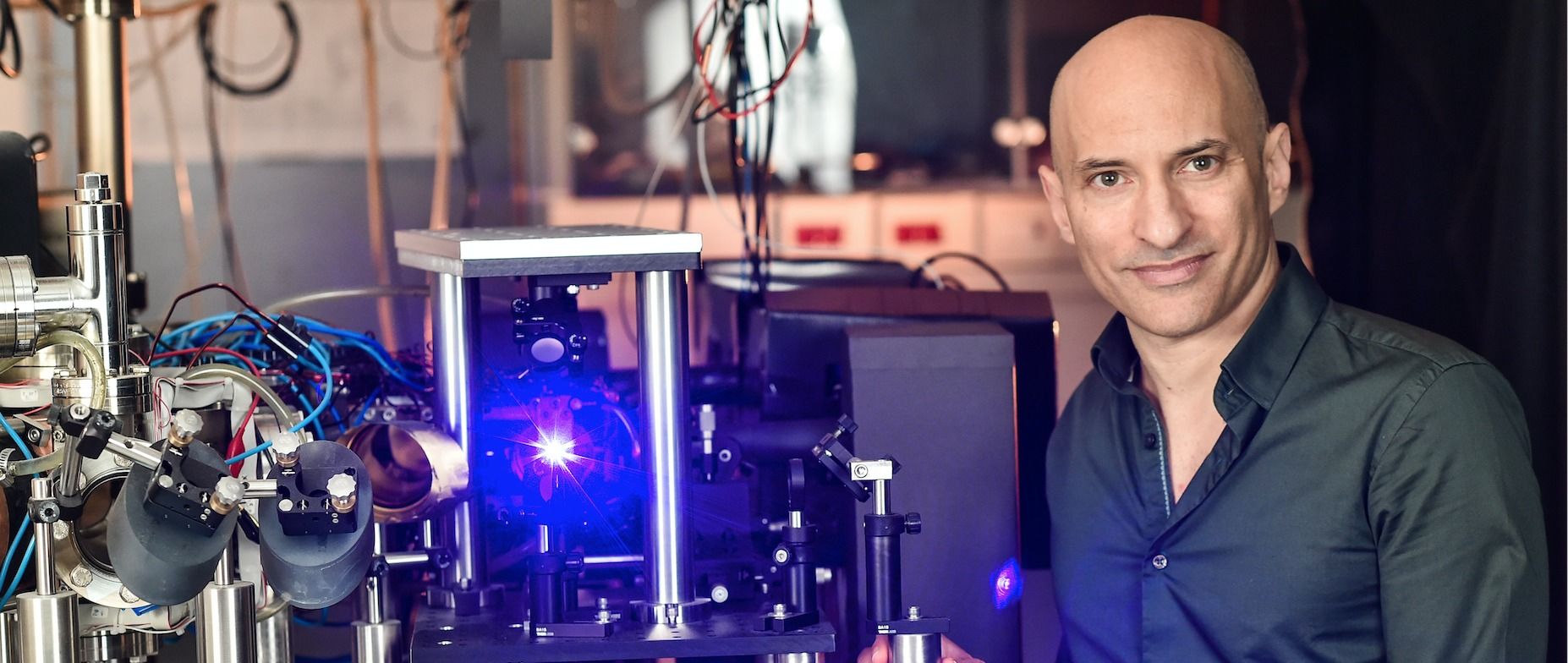Aug 15, 2016
Four Sets of Identical Twins Staged a Time Travel Prank on an NYC Subway
Posted by Shailesh Prasad in categories: time travel, transportation
Most NYC subway riders are pretty blasé when panhandlers hit them up for cash between stations. When a panhandler announced he was collecting funds to build a time machine, riders chuckled at the odd request—until another man boarded the train and announced he was the inventor’s future self. He implored them not to give any money because time travel will ruin everything.
It sounds just like that X-Files episode (“Synchrony”) where a scientist travels from the future to stop his younger self from making the cryobiological compound that will one day enable time travel. But it’s actually an elaborate prank by Improv Everywhere:
For our latest mission, we staged an elaborate time travel prank on a New York City subway car with four sets of identical twins. A man enters a subway car and announces he is raising money to complete his time machine. At the next stop, his future self enters to try to talk him out of it. More and more time travelers convene on the subway car as the train rolls along, surprising the random commuters caught up in the middle.
Continue reading “Four Sets of Identical Twins Staged a Time Travel Prank on an NYC Subway” »


















